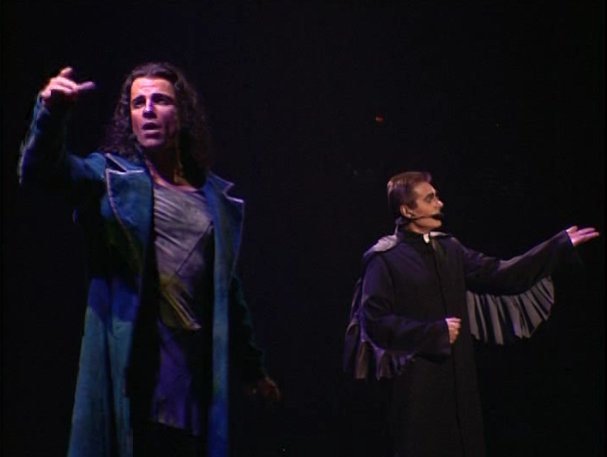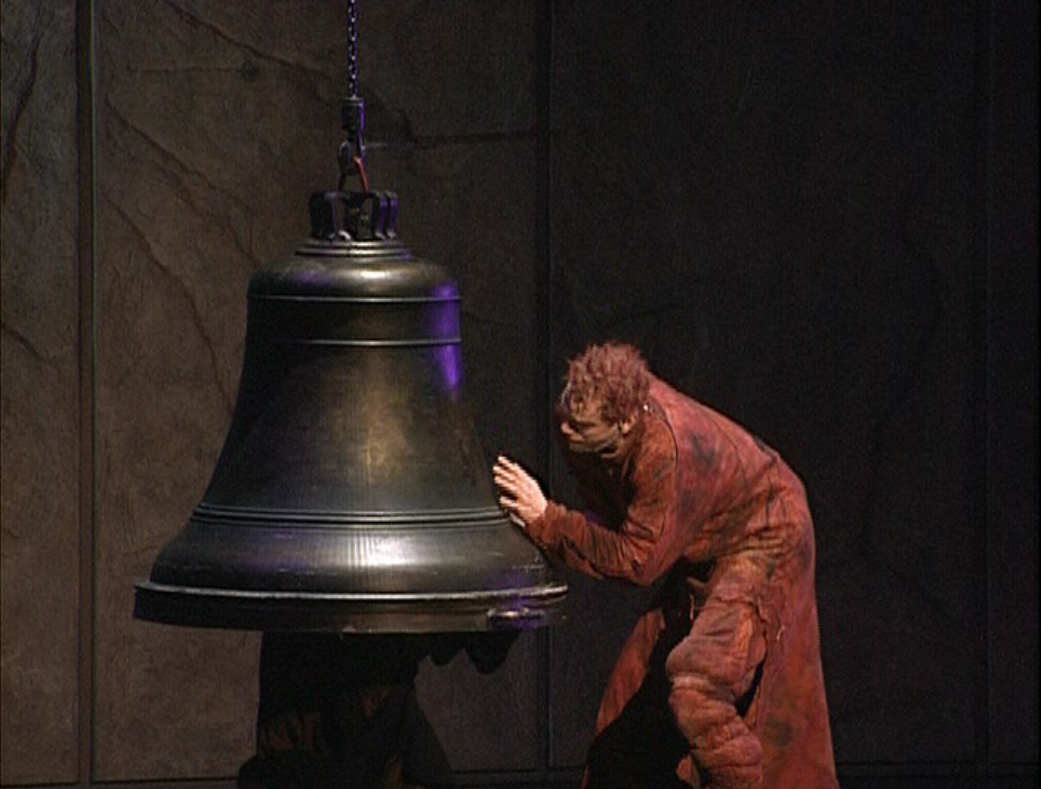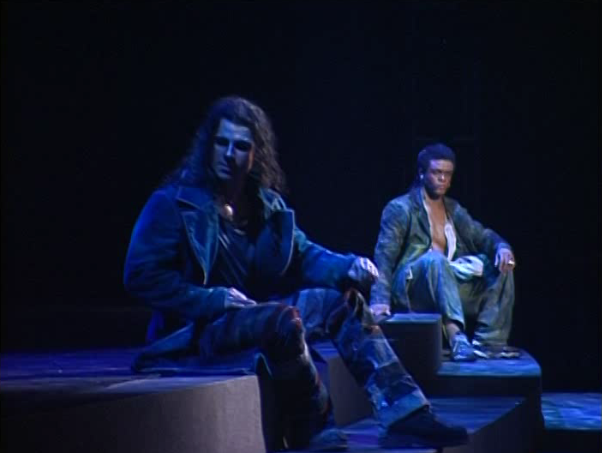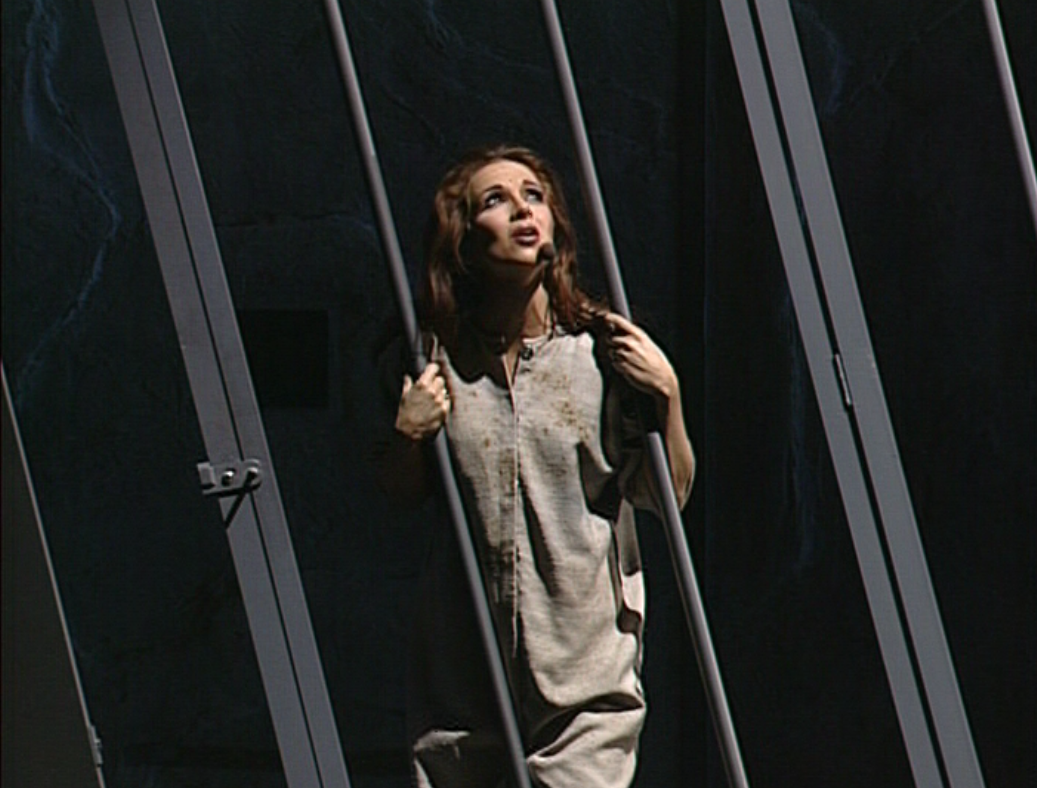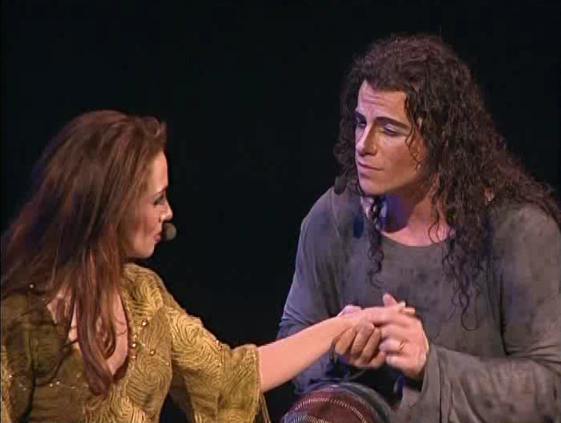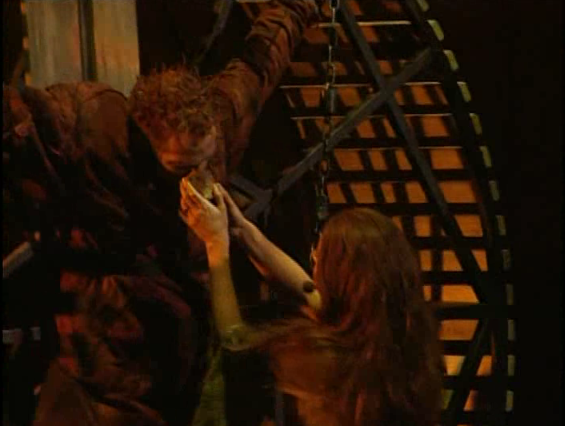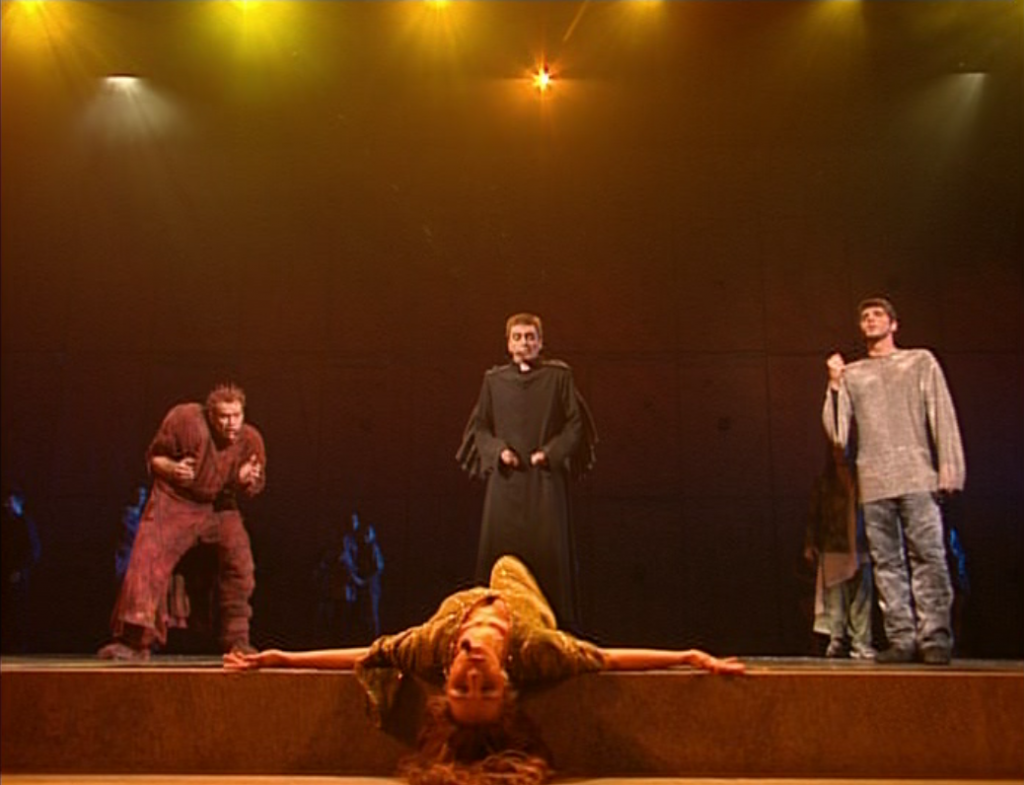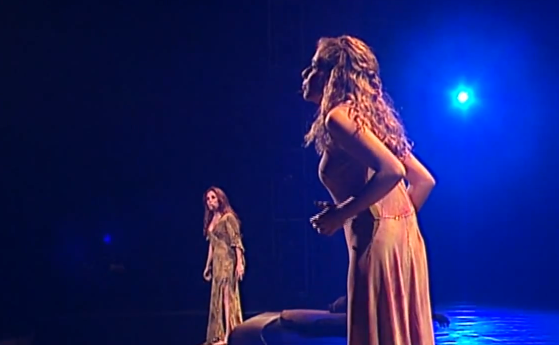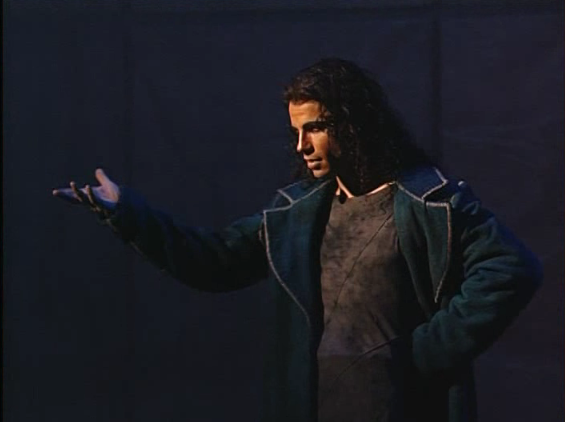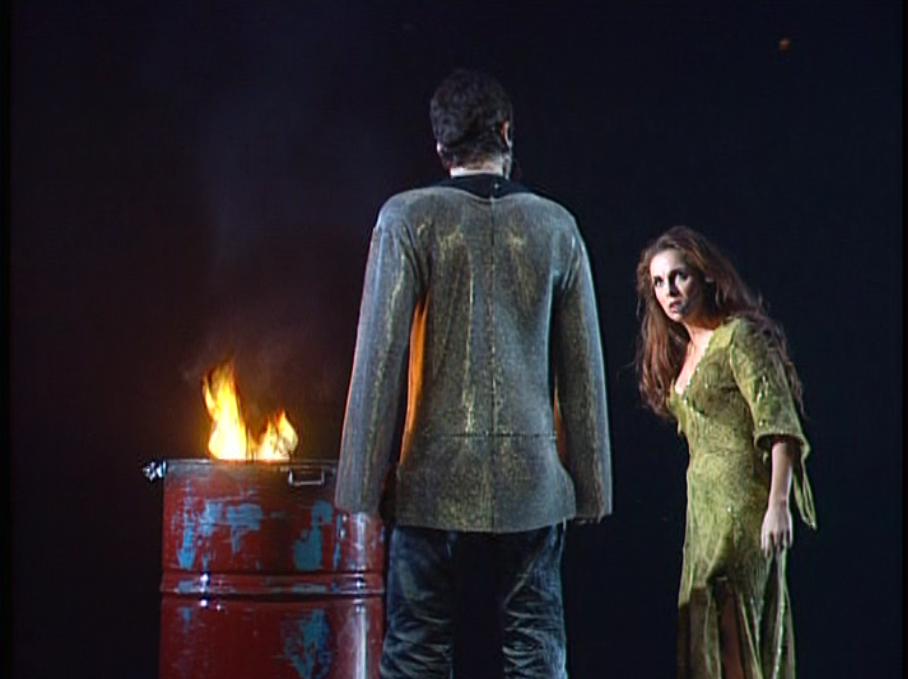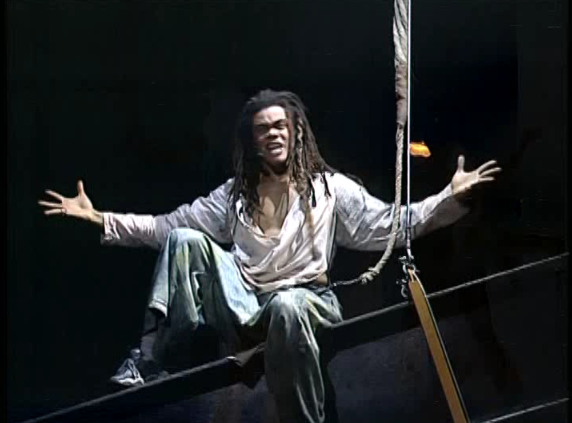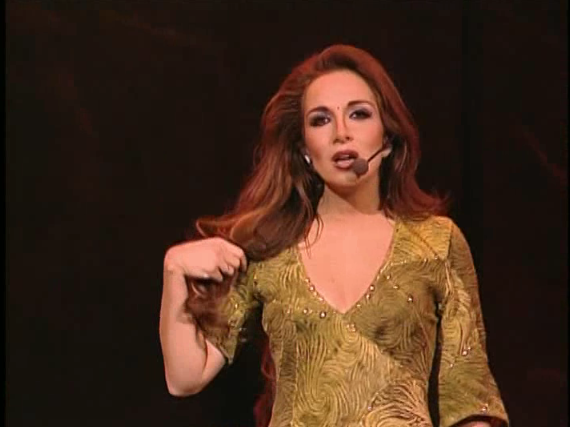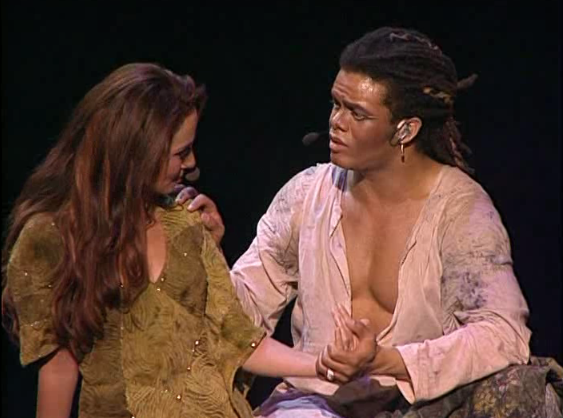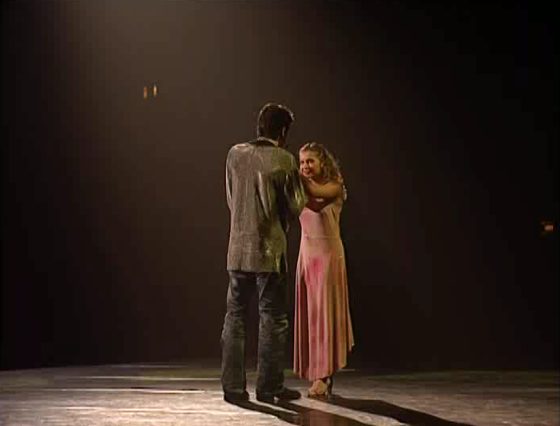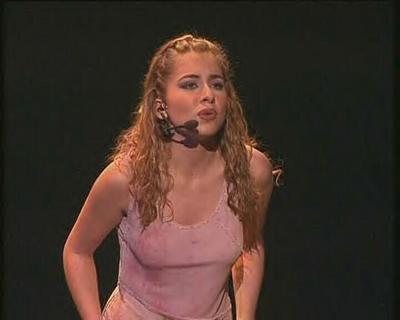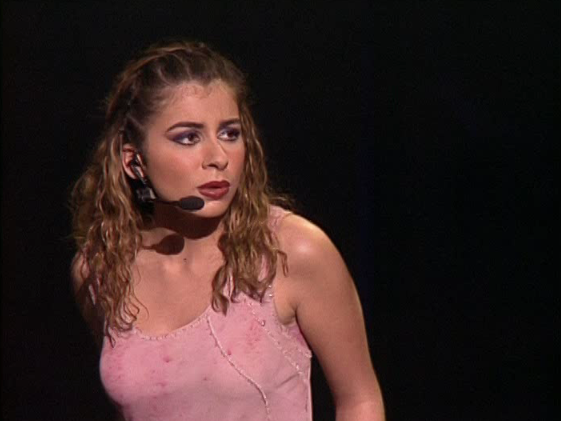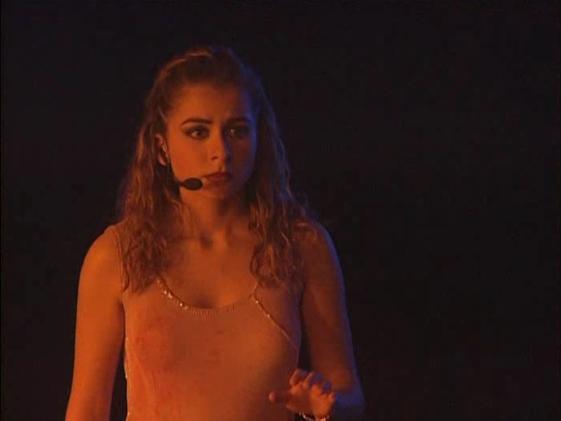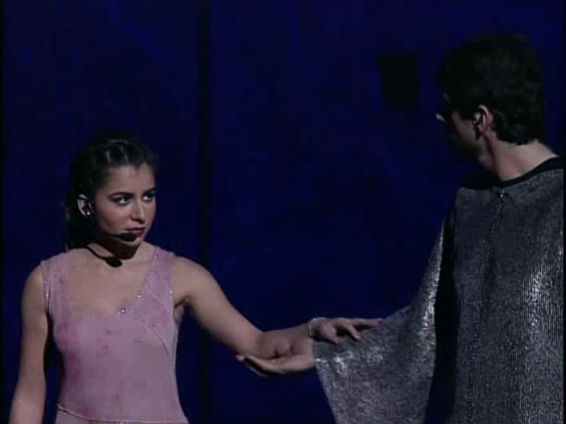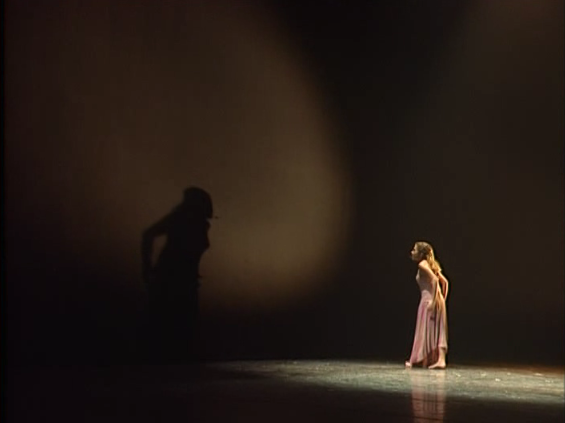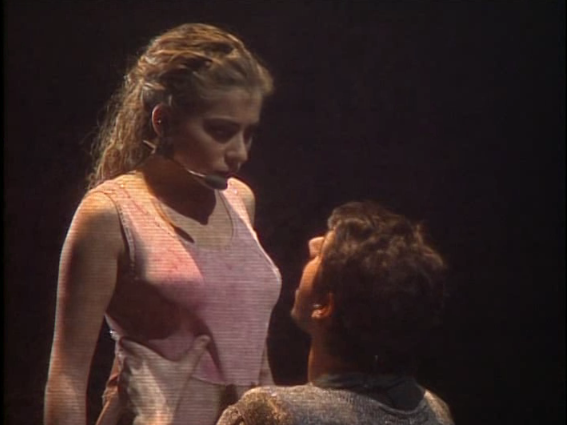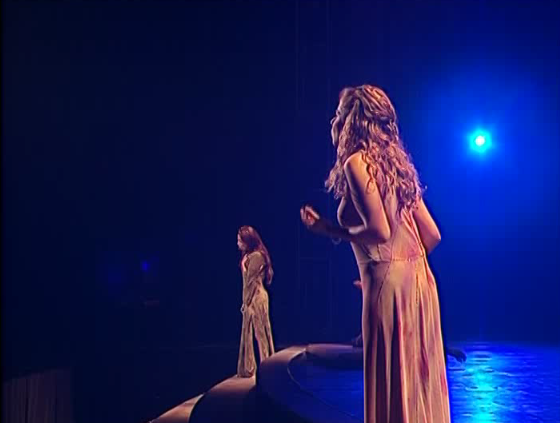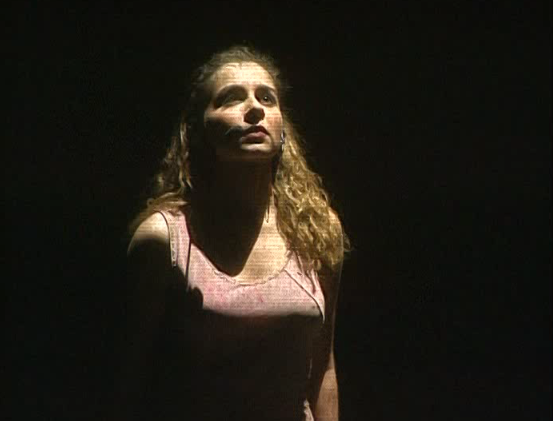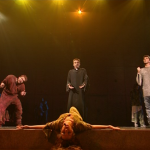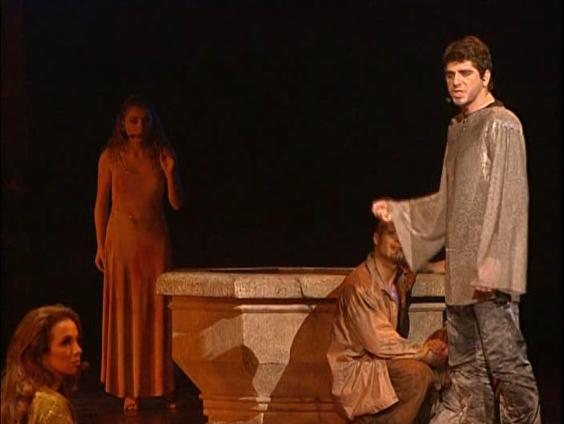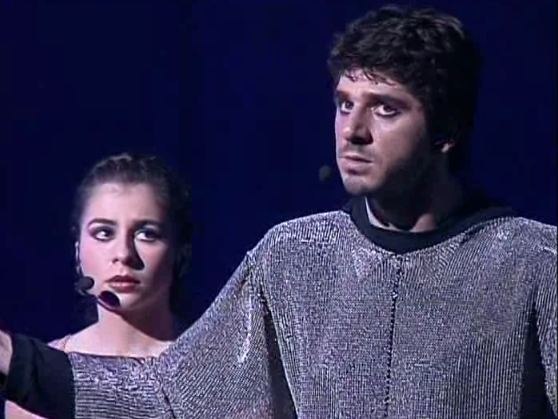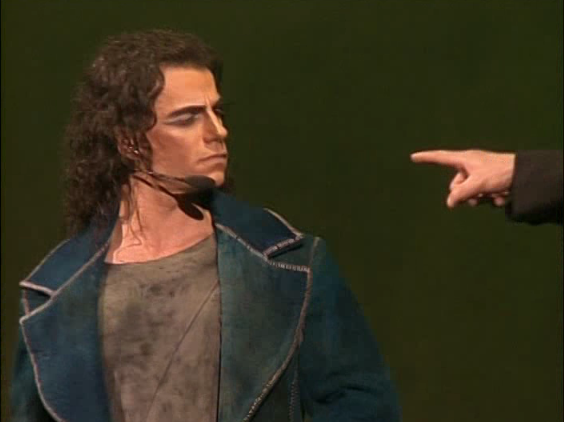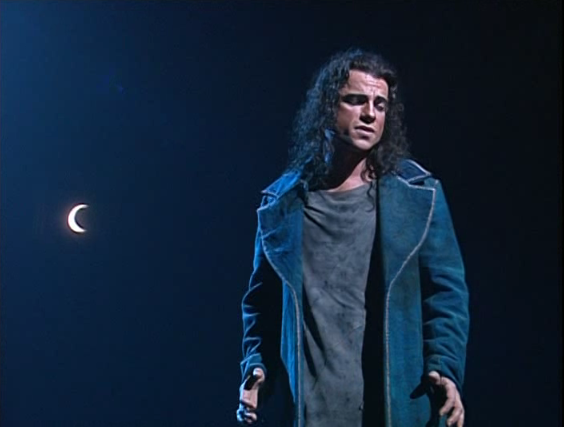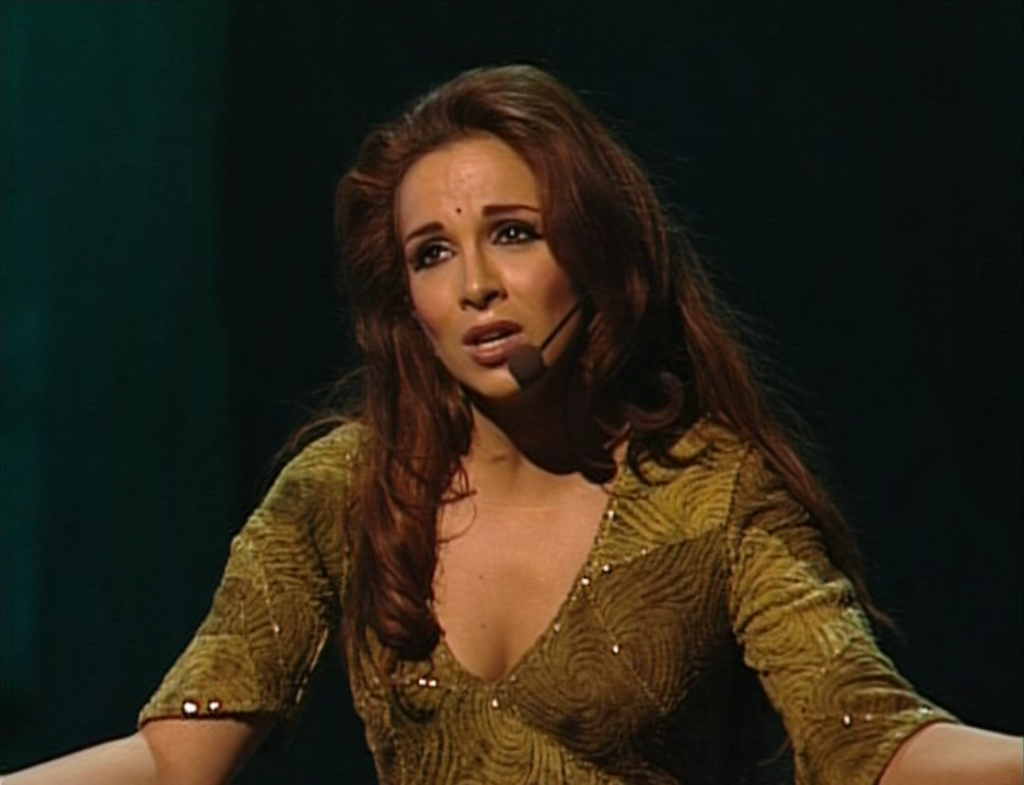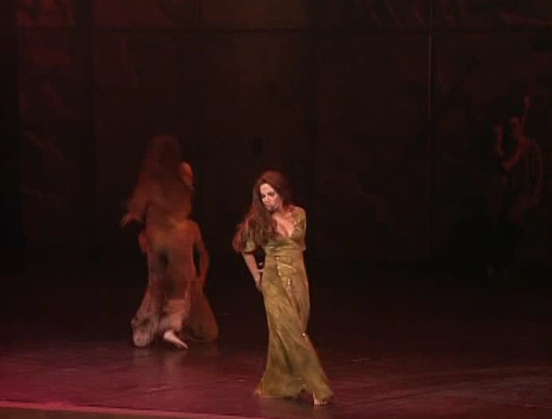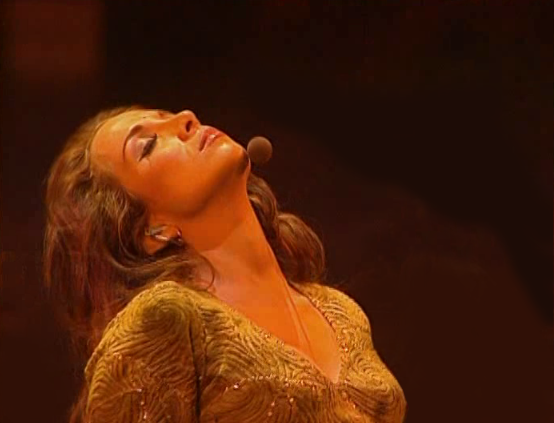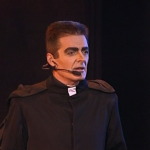Act II Commence!
Florence
The second act opens in a very similar manner as the first act. Florence is a duet between Frollo and Gringoire and the sing about the changing weird mainly how the printing press will affect architecture. This of course is the subject to a long chapter in the novel but it was very interesting and it translates to a lovely song.
Unlike Le Temps, Florence has a more melancholic tone or at least bittersweet. However neither Frollo or Gringoire point to how they feel about this transition, they present it more as fact.
If there is a negative it that tonally Frollo ends the first act by stabbing Phoebus and now he is wondering about the state of the age. It’s just weird.
The Song has a lovely melody and both singer add great emotion. The Song ends with Frollo and Gringoire commenting on Quasimodo being in love.
This was Daniel Lavoie favorite song.
Les Cloches (The Bells)
One this I love about this number are dudes hanging from the Bells, that looks like so much fun.
Les Cloches is on the one hand a fun song and on the other it’s rather sad. How can it be both? It’s fun because it up-tempo and Quasimodo sings all the instances when he rings the bells, which is pretty every hour of every day, busy guy.
However in his duty he has to ring the bells for lover getting married and he knows this doesn’t apply to him and more over the bells never ring for him which makes him sad as he loves the bells.
This precisely captures not all Quasimodo’s relationship with the bells but his feeling on love and his future. There also a lot emotion in this song and Garou exposes Quasimodo’s inner working perfectly.
Patrick Fiori once said in the Frequentstar special that of all the songs in Notre Dame de Paris, this is the one he would most want to sing.
Où est-elle? (Where is she?)
What is this? Another trio about Esmeralda, this makes the second one of in the musical. This time it’s Gringoire, Frollo and Clopin. in Où est-elle ? Frollo asks Gringoire where Esmeralda is and he pretends he doens’t know but tells Clopin. Thet all miss her and remark that Paris is sadder without her.
It’s a pretty simple song but it heart-felt even from Frollo even with all his weird confused lusty feeling towards her. And all their voice work well together.
Les Oiseaux qu’on met en Cage (The Birds in Cages)
Ok, I’m just going to say it, Les oiseaux qu’on met en cage is one of my favorite songs in the show, like easy top three.
This song is a depressing duet between Esmeralda and Quasimodo. Esmeralda in jail asks for Quasimodo to save her and not Gringoire or Clopin as her and Quasimodo have a bond that she doesn’t seem to have with the other two. Quasimodo longingly wonders where Esmeralda is.
Esmeralda and Quasimodo have such pathos in their voices that it hard not to love this song. It’s also just a lovely duet with beautifully sad lyrics.
Get the whole GLORIOUS ALBUM HERE

